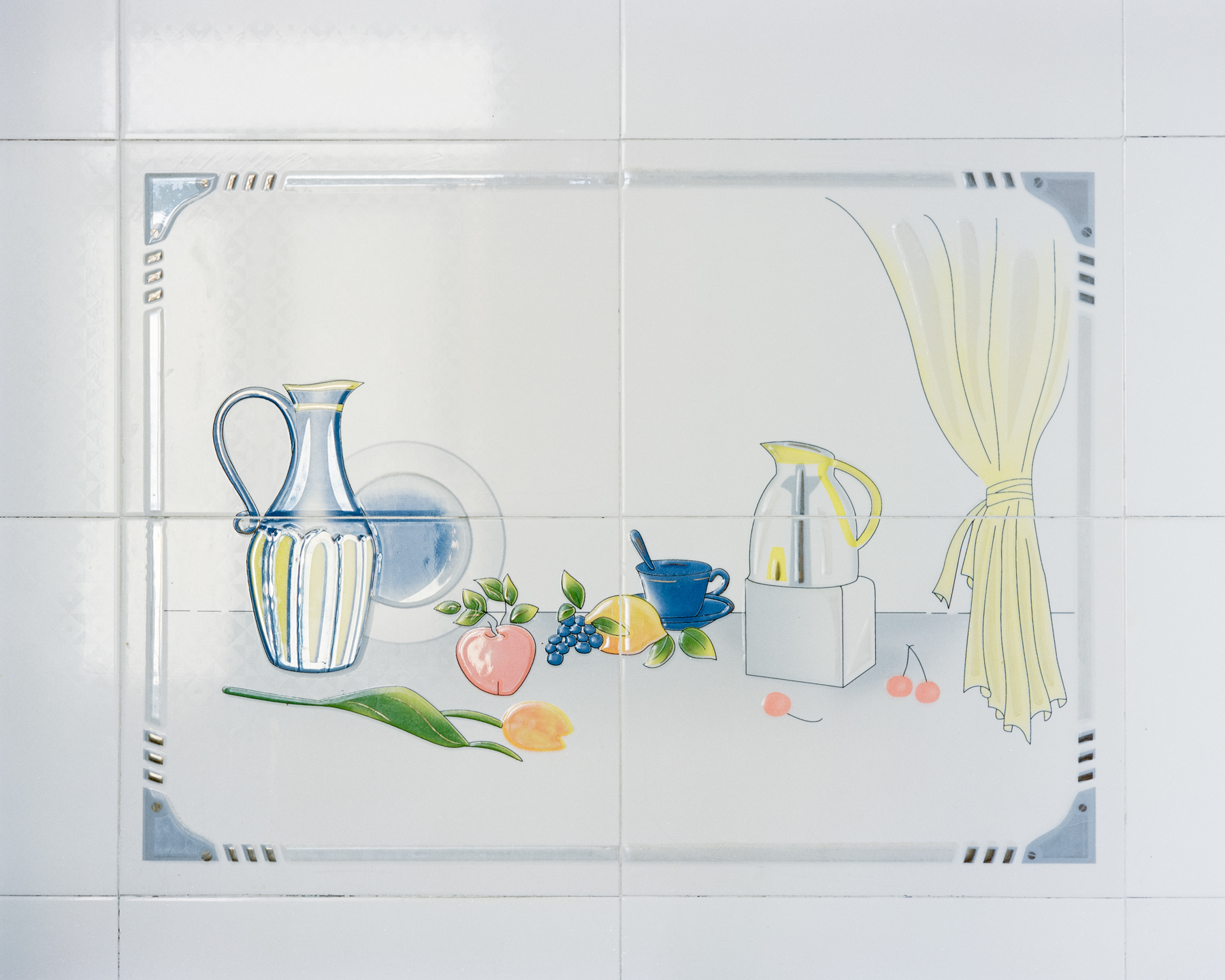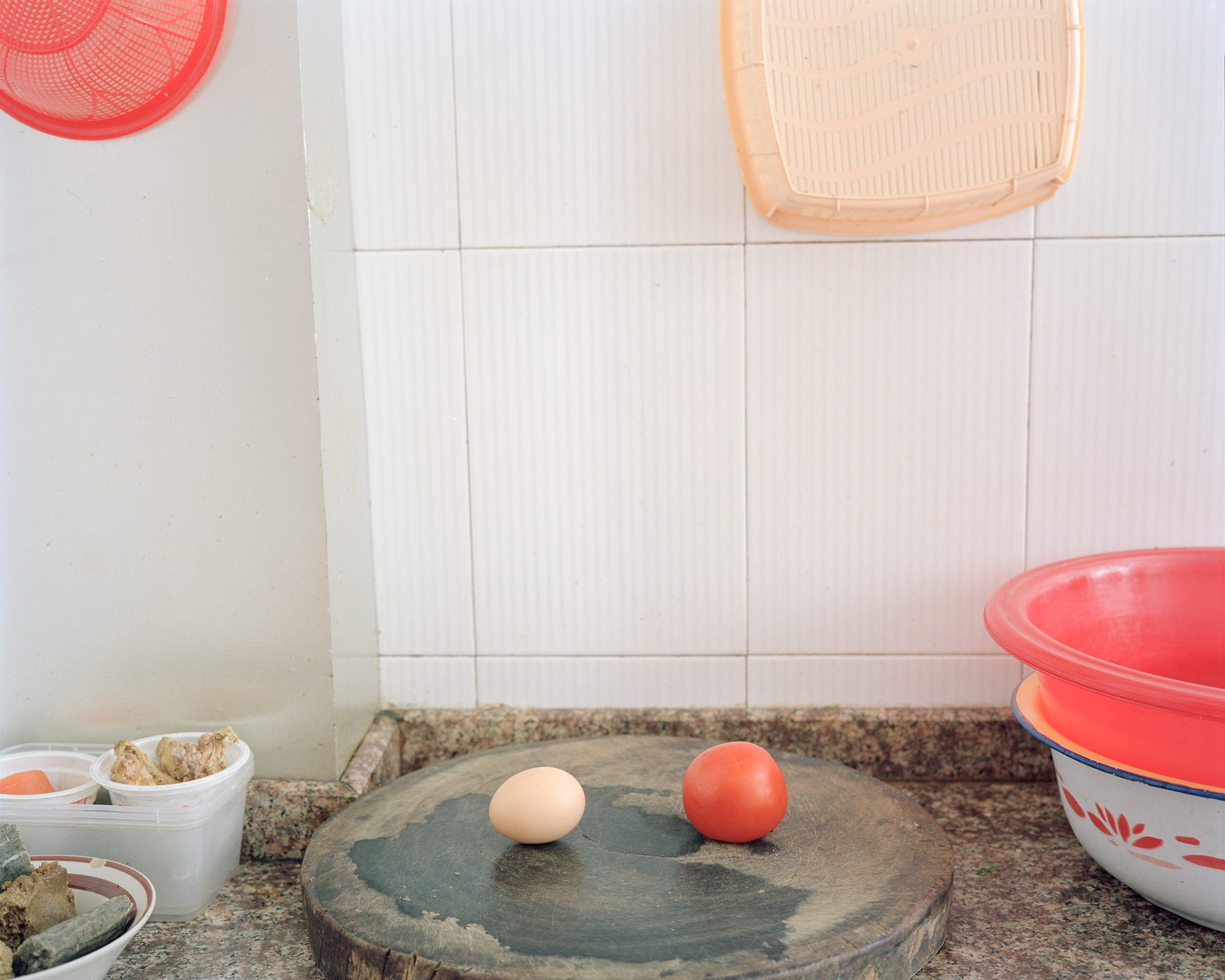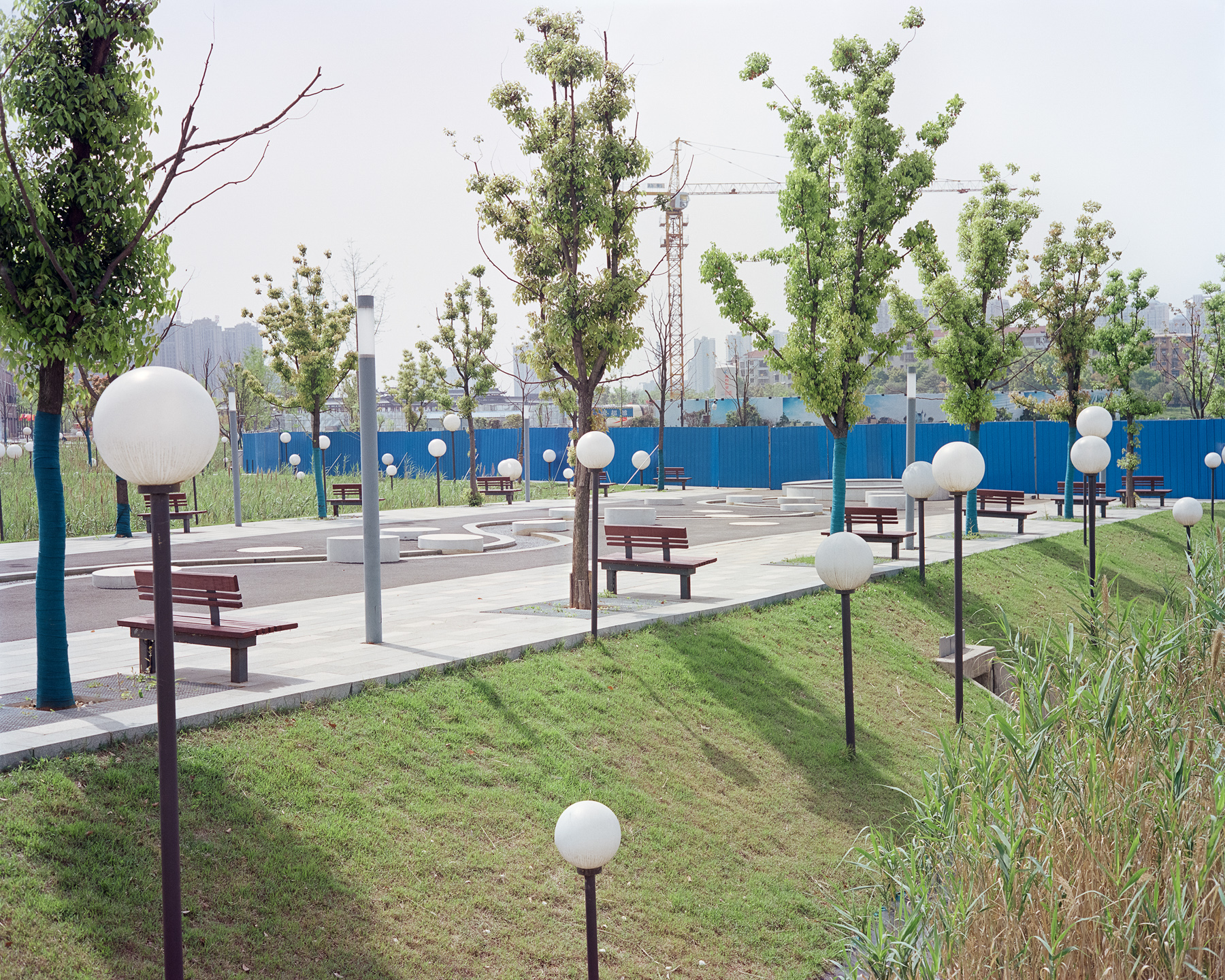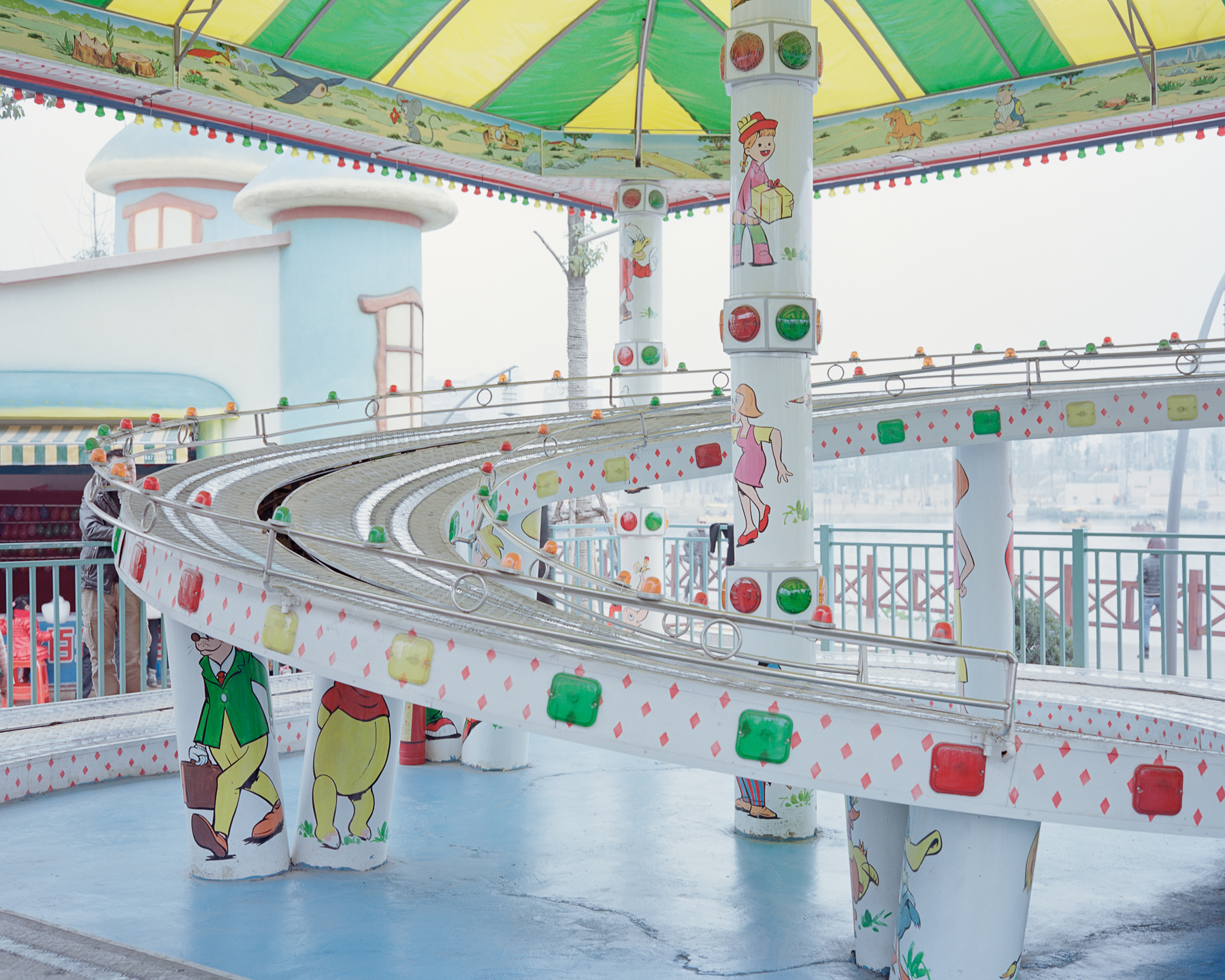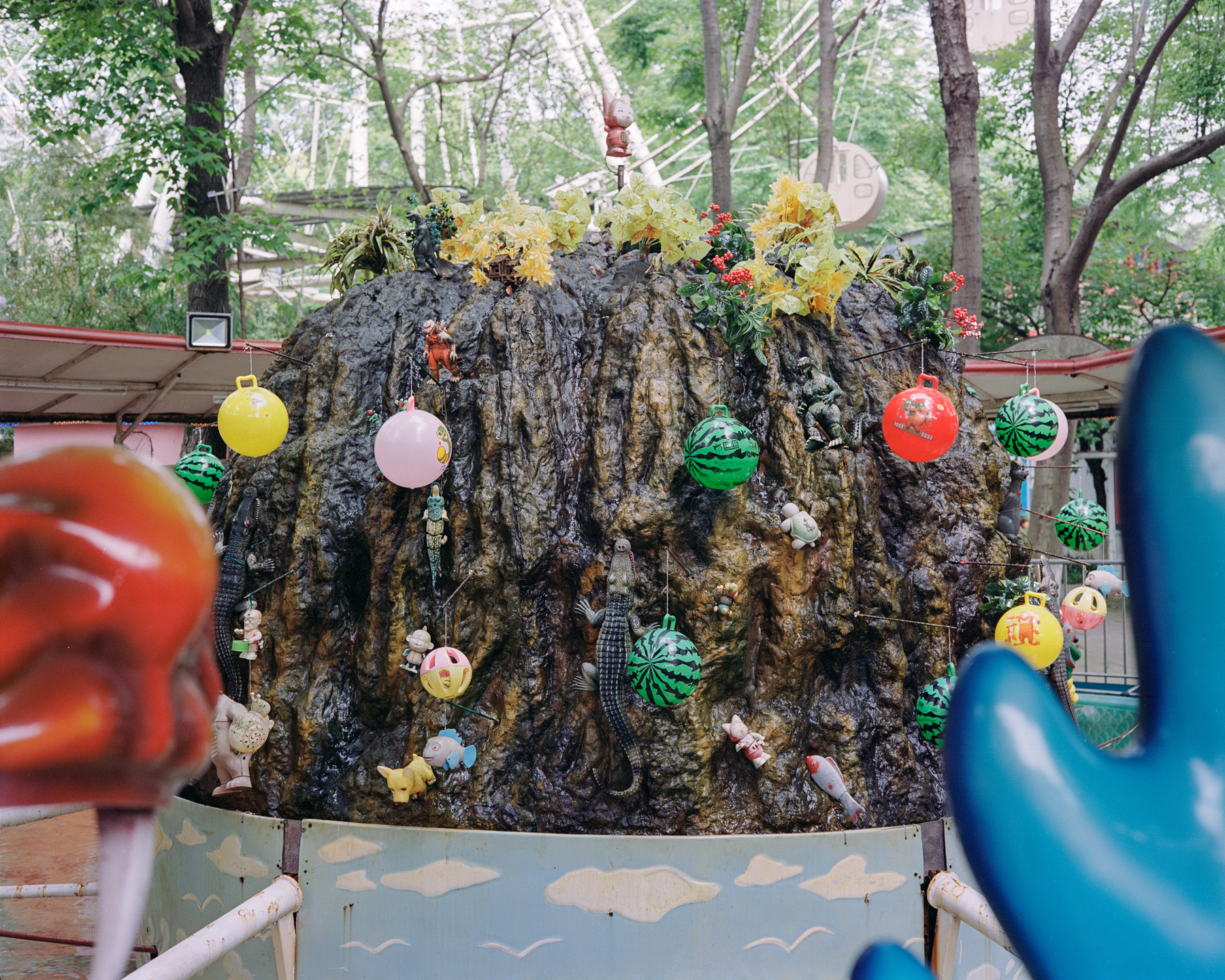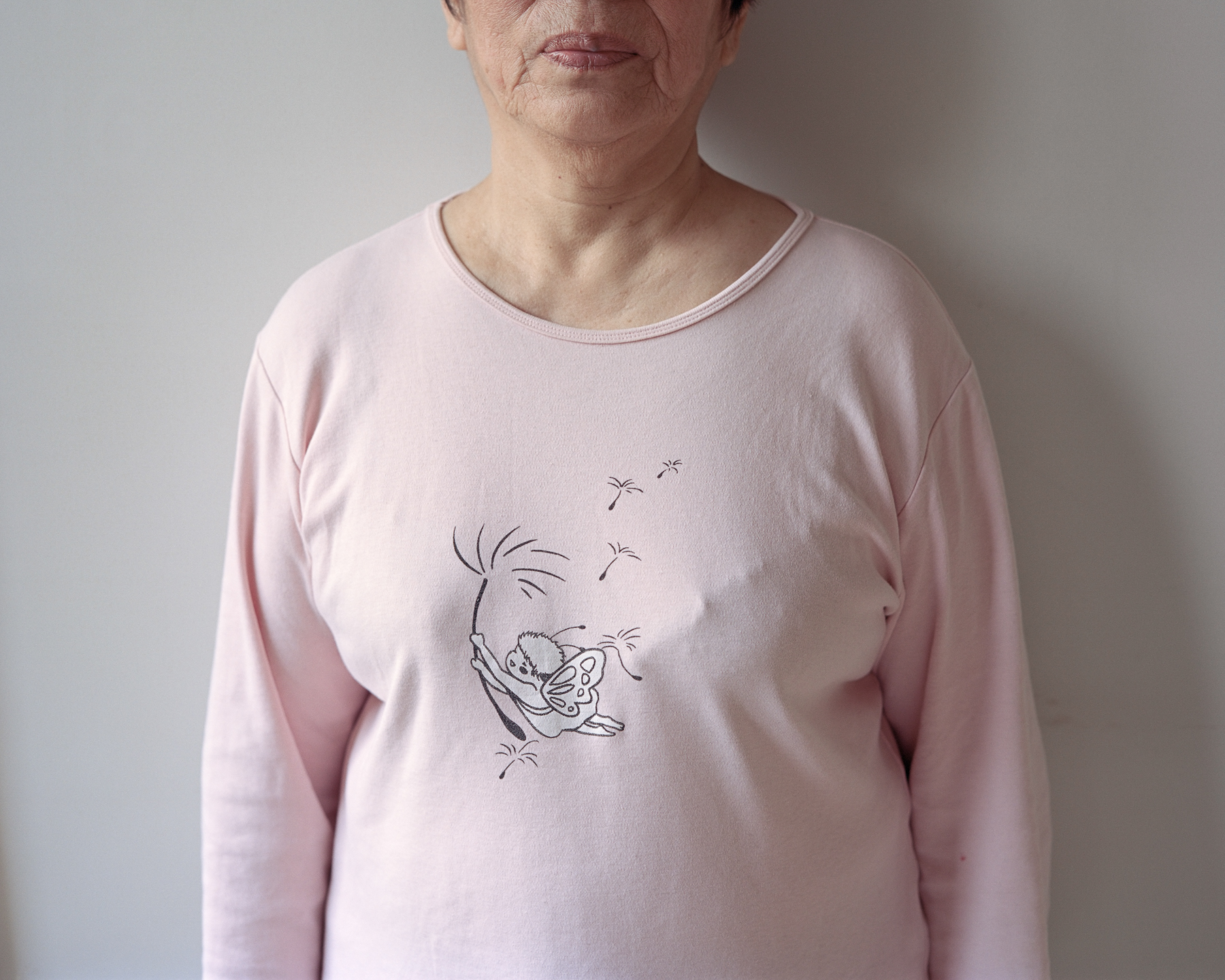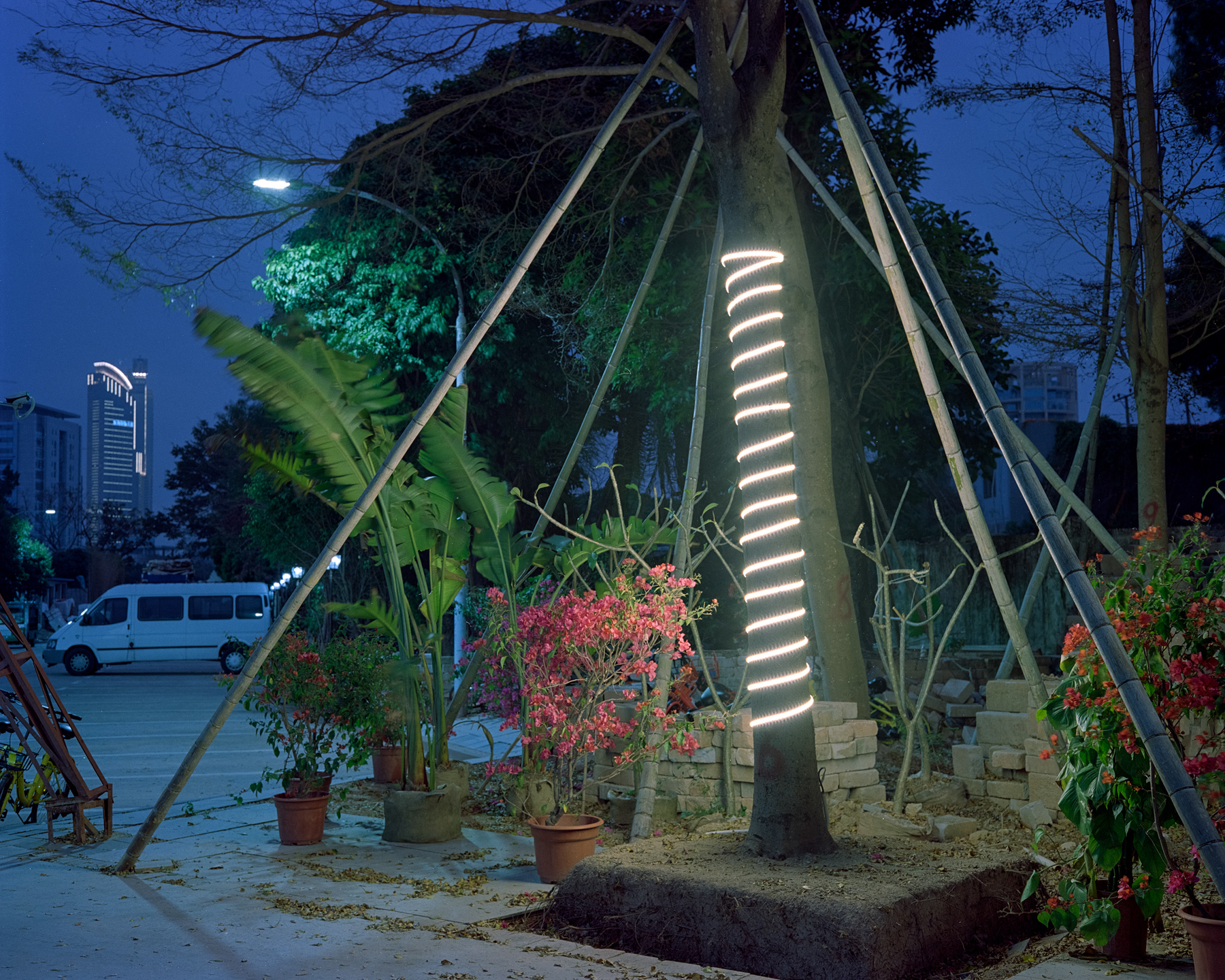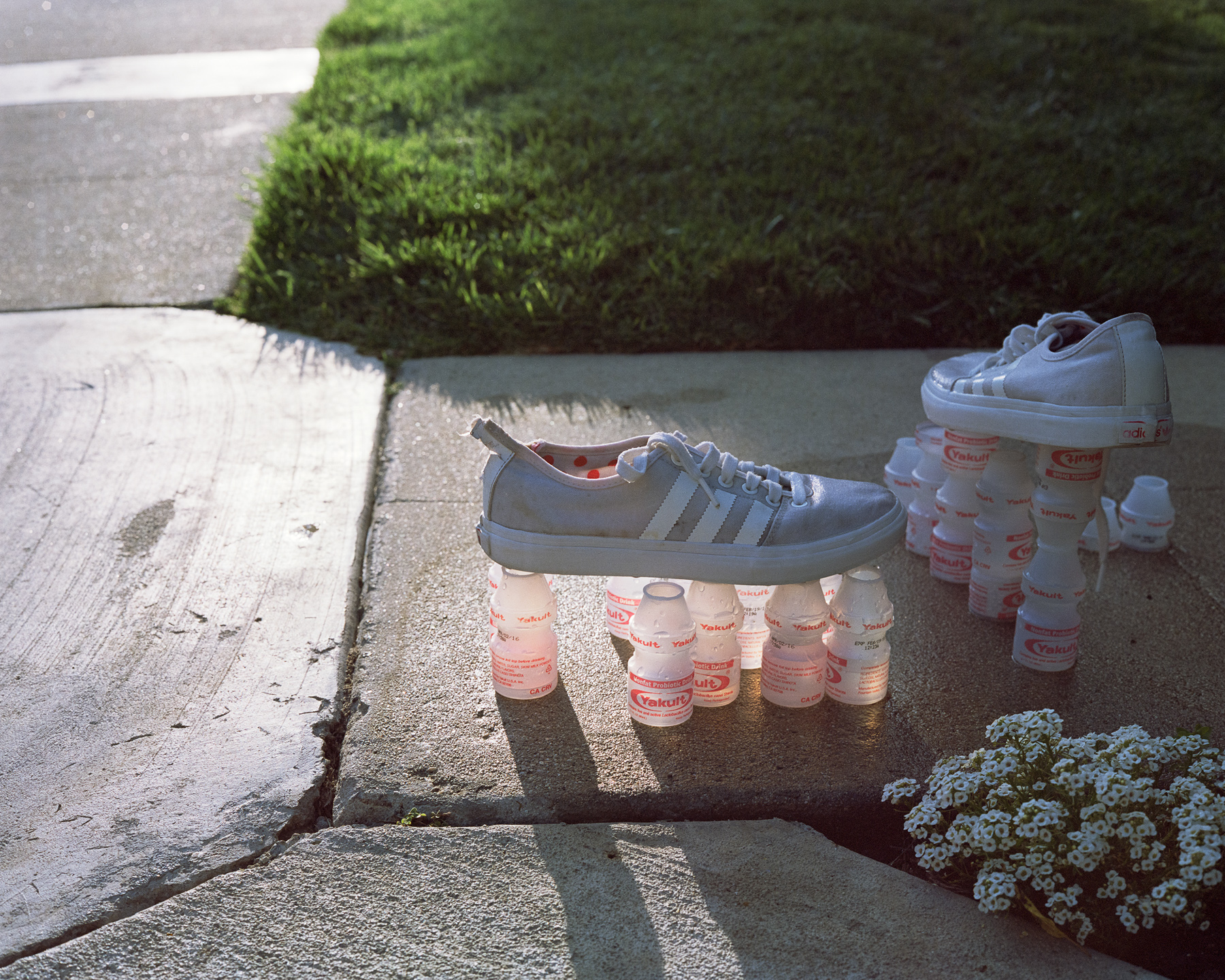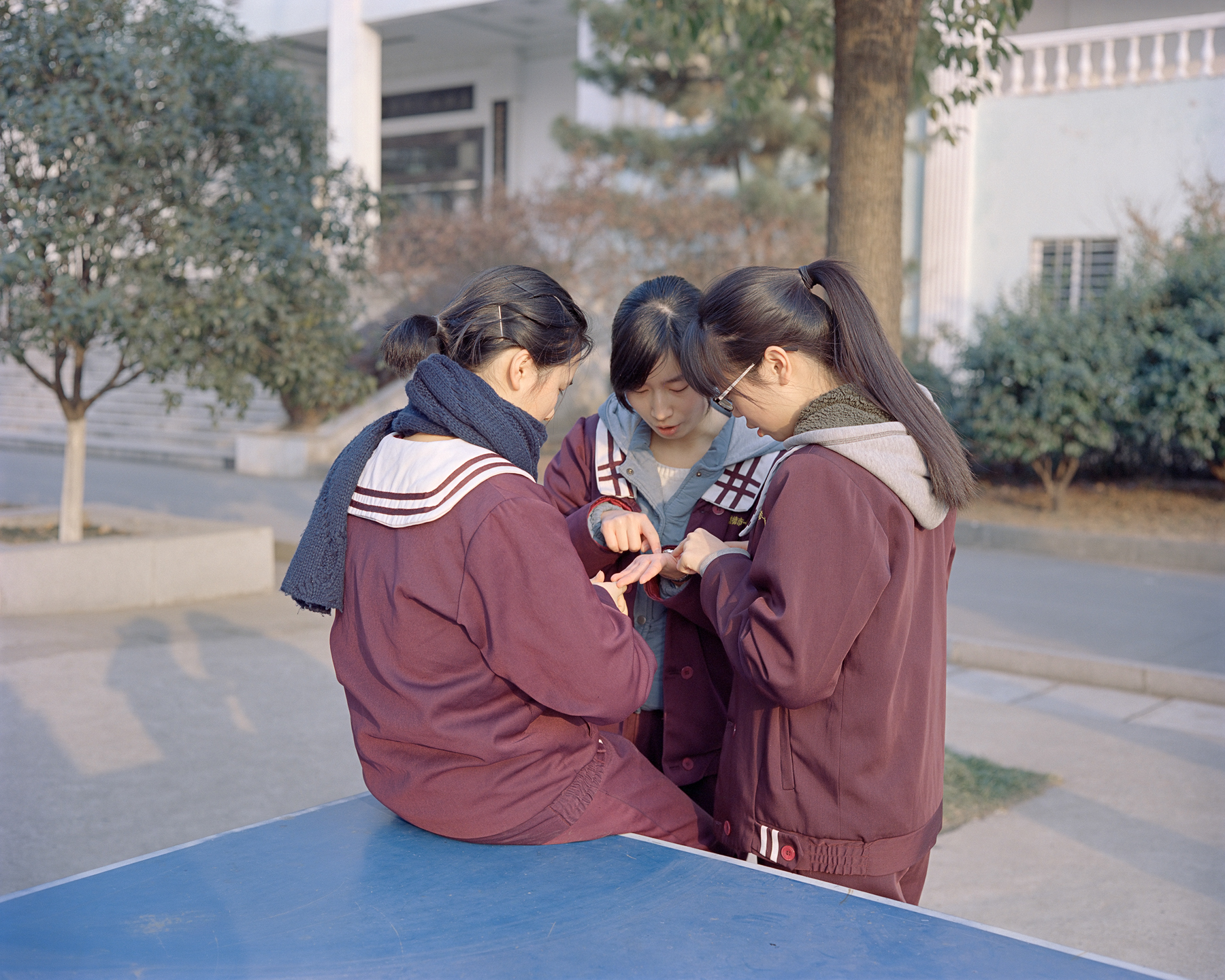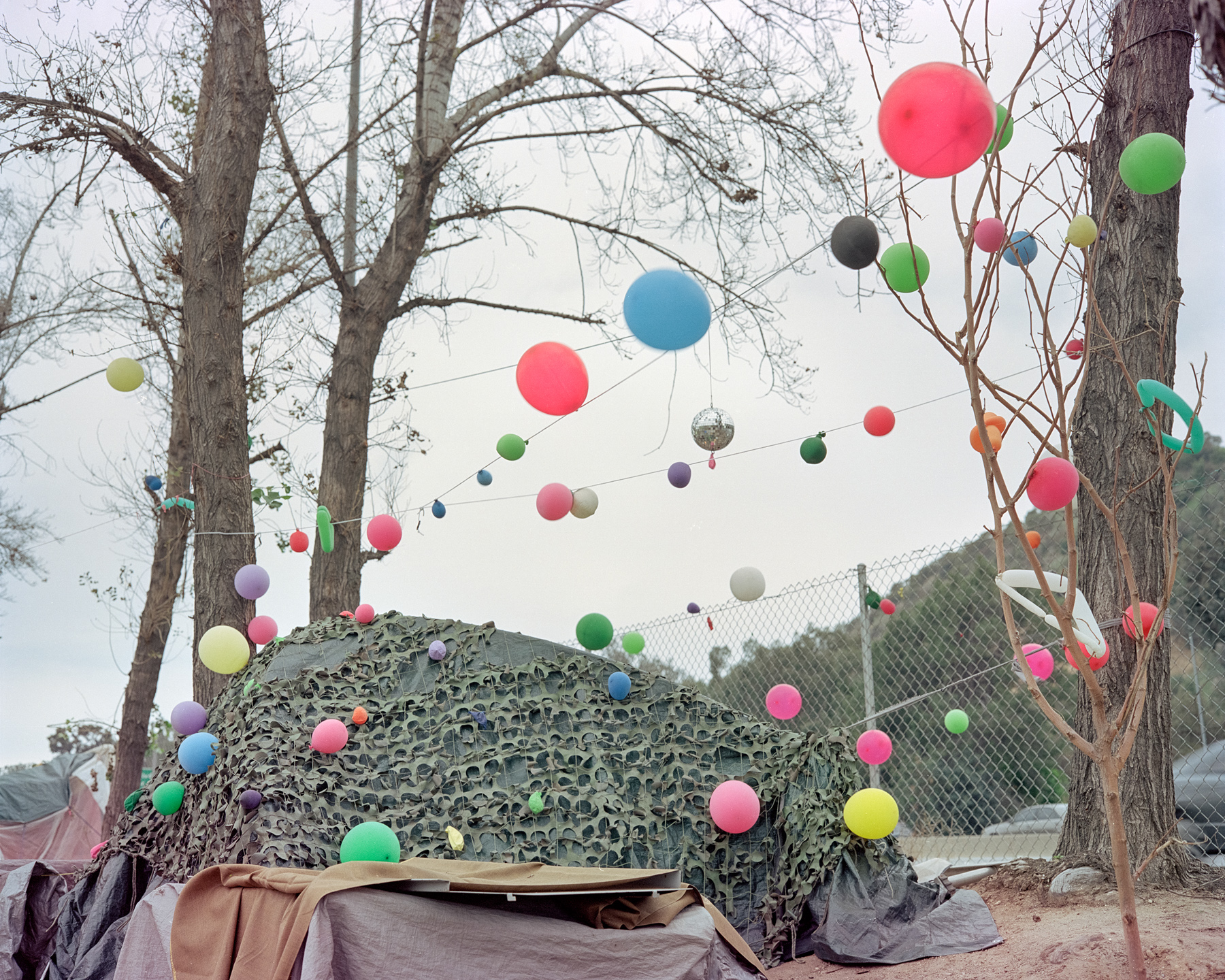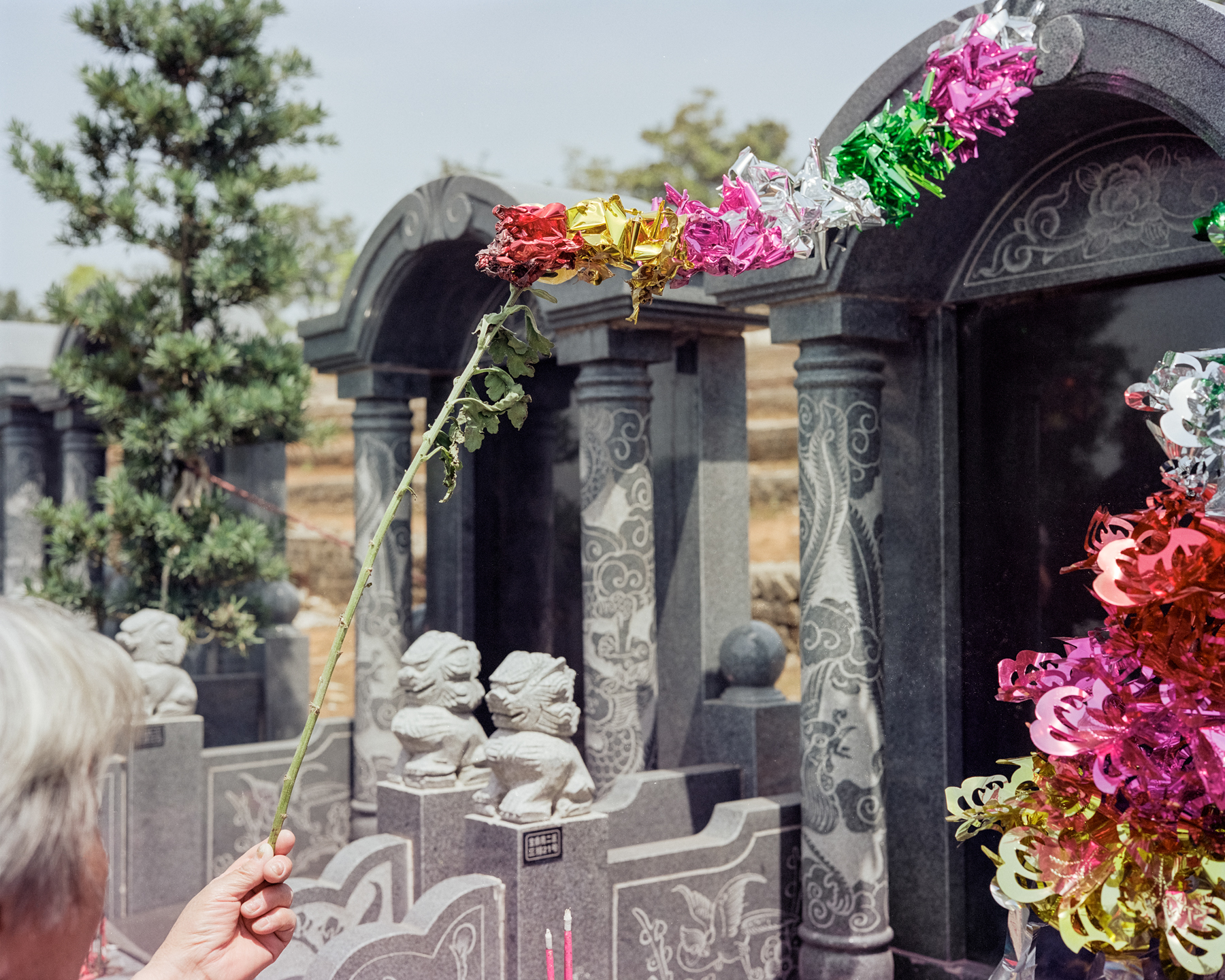Searching for Home
Peng Ke’s Artificial Landscapes
The middle school I attended, as millions of its like in China, featured a snack shop just outside of the gates. The minuscule storefront belied its significance to hundreds of avid adolescents. Every afternoon when class was out, I would wait by the curbside as my friends huddled around the shop owner, who deftly tossed pieces of tofu or vegetables on a stick into a sizzling pan. In the regimented life my single mother allowed for her only child, there was to be no food other than what she put on the table, nor any material satisfaction beyond her most frugal offerings.
My friends would offer bites of their latest purchases, and I was always too proud to accept. I’d simply hurry home by myself, the solitary route saving an extra few minutes for schoolwork. Many nights, I fell asleep imagining the taste of fried eggplant dipped in hot sauce, and the feast I could treat myself to if only I had a few yuan.
One evening when I was 11 years old, I mustered up the courage to ask my mother for five yuan, roughly three quarters of a dollar. I needed new pens for the new semester, I said. Stationery—tools for scholarship—felt like a more justifiable desire than snack food. I had been gazing at the colorful tubes my classmates held in their hands. With fine tips and fancy designs, they were items of luxury compared with the coarse, plain versions I used.
My mother gave me two yuan. “This is only enough for one pen. I would like to buy two. . .” I pleaded, my voice trailing off as I saw the storm gathering on my mother’s face. She took off her rubber slippers and whipped me. The night ended with my arms bruised and my face swollen. I had not a penny. I never asked my mother for money, or things, again.
Since I left China a decade ago for graduate school in the U.S., life in the new country has been a constant discovery of who I am and what I want. The sight of a cheerful child sucking a popsicle or hugging a stuffed animal prompts not only an instinctive smile, but also an intellectual curiosity: If I could observe, analyze, and comprehend a happy childhood, could that compensate for the loss of my own? How much of the joy of others could I steal, and how much envy might I allow myself to feel before the crushing guilt?
I asked myself these questions as I looked at Peng Ke’s photographs. In one of her images, at a snack stand, hotdogs, dried tofu, and corn on the cob lie next to a tray of eggplant, its purple skin stretched across full bodies ready to be sliced, fried, and drizzled in oil. The thought of strangers enjoying these inexpensive treats is comforting and even delightful, quenching the creeping regret that I still do not know what the eggplant tastes like.
A few years younger than me, Peng was born in the capital city of Hunan province in 1992, and moved to the coastal metropolis of Shenzhen as a toddler. She received her first digital camera from her parents at age 12. Taking pictures on her daily commute to and from school became “a natural process for making sense of the world,” she told me.
Peng completed her B.F.A. in photography from the prestigious Rhode Island School of Design, and worked in the U.S. before moving back to China. She now resides in Shanghai. With familial roots in rural China, Peng describes her personal history as a microcosm of migration and urbanization. The “artificial landscape” of Chinese cities, as she puts it, that has intrigued her since adolescence, is the dominant theme of her work. A city is like a small child according to Peng: “It is always trying,” always growing and changing. When Peng’s camera doesn’t find what she wants, she often rearranges the objects she is shooting, and occasionally asks the people in front of her lens to pose.
To a lay viewer like myself, photos of everyday life come with a certain expectation of truth, more journalism than fiction. I was hesitant, and even embarrassed, to press Peng on her creative process: Is her primary mission to document the world as it is, or to create one according to her aesthetic preference? Is there a trade-off between honesty and beauty? Patiently, Peng nevertheless challenged the premise in my question. The world she photographs is her world: She has moved through it, lived in it, and grown up with it. To Peng, the photographer is not a passive observer, but one of the millions who leave their mark on the ever-changing canvas of a Chinese city.
Balloons over a wire fence, plastic toys hanging from a man-made rock, a few printed tiles on a wall, a pink sleep shirt with a sketch of a butterfly and dandelions: Peng’s photos capture the colorful glimmers of modest, unabashed desire. She seems drawn to objects that transcend the basic needs of survival, but nevertheless radiate a primal, childlike longing.
“Comforting” is a word Peng uses in explaining her choice of objects to photograph: street food, not hunger, not extravagant cuisine. How does a person feel comfortable, and be comforted by things? One needs a sense of security, a certain ease with the surroundings, a feeling of ownership. With a few extra coins and a little time for leisure, one may eat not just for sustenance, dress not just to cover the body, and decorate only to please the eye. Such a process becomes a bonding experience with the time and space of one’s presence; stripped of it, how do people tell where they have lived, and where they belong?
Perhaps it is the angle of her shots, their exposure, or their general absence of human beings; perhaps it is my own brokenness, my reluctance to recall a tortured childhood: Peng’s images haunt me. Is this aversion to her photographs of innocent everyday objects just me? Or is the visual tension in them purposeful, a sign that she too feels somehow unsettled?
Peng spoke of her extended family in China, their residences spread out on a broad spectrum of economic development, from coastal metropolises to inland cities, from small towns to rural villages. Having lived in different places and visited many more, Peng says she feels equally secure and at ease in a provincial backwater or a luxury city center. She points her lens at common objects, so the images do not exclude: They are “accessible” to a diverse audience. What a person sees in her photo, and how it is interpreted, can also become a reflection of the viewer, “like a mirror.”
What privilege it is to have so many places to call home, while I am still searching for mine, I thought to myself, and felt ashamed for my petty jealousy. I find myself staring long and hard at the scenes of parks and playgrounds in the collection: clumsy cartoons painted on rides, games with furry pets, and a young child trying to catch goldfish in a pool. I keep reminding myself that these are all things I should be familiar with, yet I still feel like an alien, after a long journey in space, terrified to be back on my own planet. I remember the countless times I walked past such amusements in the Chinese city where I was born and raised, looking through the fence at the bright colors inside, listening to the rambunctious chatter, and telling myself that such joy only belonged to other children. During the 19 years I lived in China, my biggest dream was that of escape. If I had few happy memories to pack, did it make for lighter luggage, and an easier goodbye? Can one lose a hometown where she never felt at home?




